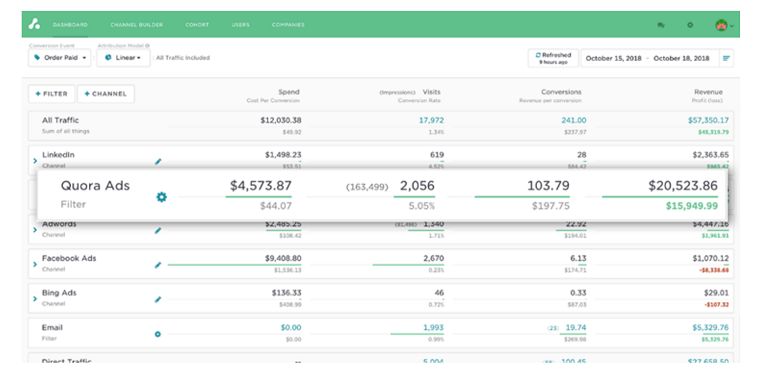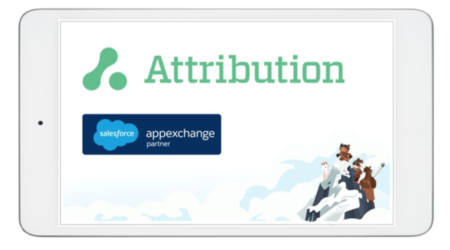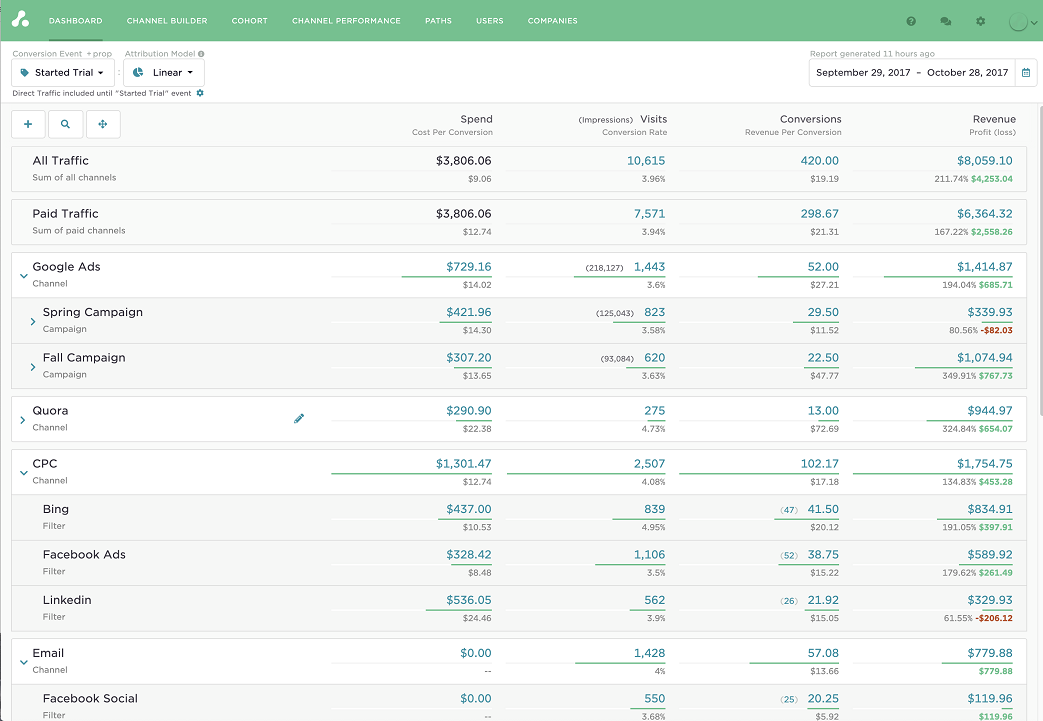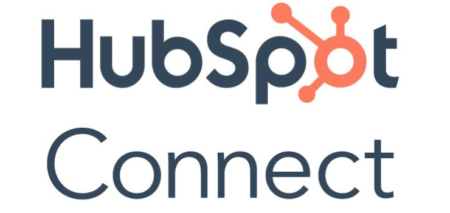I’m excited to announce new features that will enable marketers to integrate television advertising and machine learning in our multi-touch attribution platform and empower them with new insights into campaign performance to maximize marketing efforts.
In today’s tech charged, omnichannel world, marketing attribution is rapidly transitioning from single to multi-touch models to help optimize marketing activities for increasingly complex buying journeys. With our multi-touch attribution platform, marketers can easily turbocharge their attribution analytics to maximize marketing effectiveness and ROI.
Television Attribution
We believe strongly in making the insights in Attribution for any channel, so connecting the dots between your TV ads and lead conversion or revenue was a no-brainer to add to our multi-touch models. Through our platform, marketers can now collect TV impression data and establish an authoritative baseline of response activity, measure the impact of TV on driving desired responses or conversions such as visiting a site, watching a video, signing up for an email, or purchasing, and accurately determine the performance lift and allocate proper credit for your ads.
Just as we do for digital ads from Facebook, Google and others, marketers now have faster and more granular attribution insight (compared to legacy TV measurement methods) as to which TV ads are really working and which ones need to go, as well as predictive insight to make more data-informed decisions in forecasting and optimizing TV ad spend and business outcomes.
Custom Machine Learning (ML) Attribution Model
Our out of the box multi-touch attribution models enable marketers to easily transition from disparate single-touch models to allocating credits to any touchpoint along the buyer’s path to conversion. Whether you start with position-based (aka U-Shaped), linear, or time decay, each of these algorithms automatically tracks and accurately assigns revenue and cost to touchpoints. Don’t get too wrapped around the axle as to the academic merits of which model is best for your journey – the important thing to remember it’s easy to start learning in our platform by flipping a switch, comparing the insights from each model, and determining which one(s) works best for your needs.

For those organizations who want to advance to the next level in marketing attribution maturity, we advise moving to a custom attribution model that uses machine learning to tune your channel mix (including sales outreach and offline events) to optimize revenue and ROI. This is where a custom model can provide deeper insights as to what’s really working and what’s not, to help you become even more prescriptive in allocating investments and executing touches. Attribution’s machine learning algorithms will automatically do channel mix modeling and forecasting based on historical conversion performance and marketing’s ability to move deals at each stage in the buying journey, adding scenario planning flexibility against changes in budgets and/or buyer dynamics.
Integration with Salesforce, Quora, and HubSpot
We’ve created new out of the box integrations to securely connect Attribution to an extensive and growing list of adtech and martech platforms to make it easy for you to set up our platform and start optimizing your marketing:
Salesforce – Attribution for Salesforce is now available on the AppExchange, providing an easy pathway for Salesforce customers to transition their marketing attribution model from single to multi-touch.

Together, we provide marketers with full-funnel marketing touch visibility, automatic conversion tracking by sales stage, built-in cohorting and reconciling account-level attribution, and integration with all popular ad platforms including LinkedIn Ads, Google Ads, and AdRoll. To learn more about multi-touch attribution for Salesforce, read our blog or visit our Salesforce integration page.
Quora for Business – Attribution is now integrated with Quora, providing marketers the ability to easily link their account to access cost-per-click ad conversions from Quora right in Attribution, ensuring marketers know their true return on ad spend (ROAS) to compare performance with other ad networks such as Google Ads, LinkedIn Ads, and Facebook Ads.

For Quora customers who want to learn more about adding Attribution, read our blog, watch the Attribution + Quora on-demand webinar, or visit our Quora integration page.
HubSpot – Attribution is now available on HubSpot Connect, provide marketers with a holistic view of how their marketing dollars are impacting revenue at every touch point along the full buyer’s journey.

Attribution automatically connects leads and deal stages in HubSpot to advertising data from LinkedIn Ads, Google Ads, Twitter Ads, and other channels and campaigns, providing a single source of attribution truth. Marketers can quickly know what’s working and what’s not by channels and touch points to optimize MQLs, pipeline and wins, aligning sales and marketing at a whole new level. To learn more about multi-touch attribution for HubSpot, visit our HubSpot integration page.
To all our customers who voiced their requests for new product features and integrations, thank you. We will continue our mission to empower every marketer with the data to deliver amazing marketing performance. To learn more about how Attribution’s solution can help you go from single-touch chaos to business outcomes, please request a demo.
